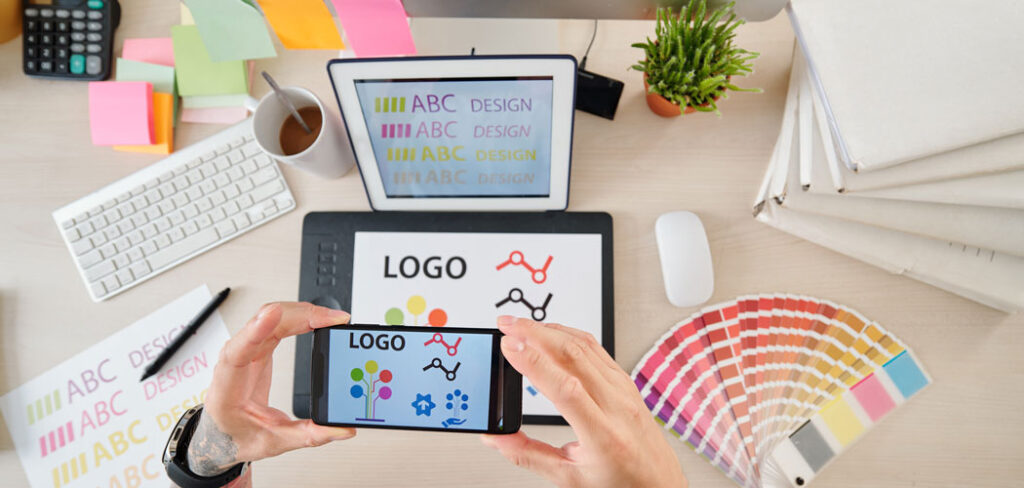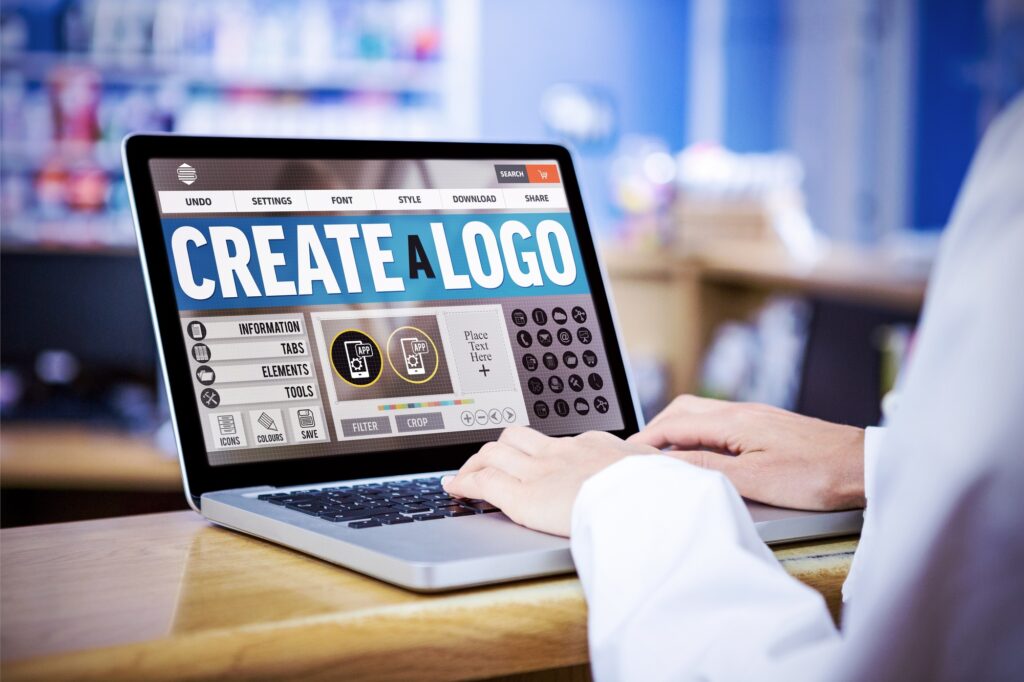Are you a logo designer looking to craft the perfect bid for your clients? Designing logos is an art, and crafting the ideal bid requires careful attention to detail. From understanding your client’s needs to analyzing the competition, creating the design concept, developing a presentation strategy, and delivering an effective summary of the project timeline, there are many steps involved in delivering a successful logo design bid. This article will provide you with all the information you need to make sure that your bids stand out from the crowd. Read on for our guide on how to craft the perfect logo design bid.
Getting to know the client and their needs
When crafting the perfect logo design bid, it’s essential to understand the needs and preferences of your client. To get to know the client and their needs, you should take the time to examine their brand identity and corporate goals. It’s important to consider their target audience and the purpose of their logo; analyzing what type of logo design they need is a required step.
You should discuss any design ideas, style preferences, or colors they may have in mind; understanding these will help you craft an effective bid that meets all of their requirements. Additionally, asking questions is a great way to gain insights into their ideal logo design; listening carefully to feedback from both them and your team can help ensure that your bid is perfectly tailored for them.
By taking the time to fully understand a client’s needs and expectations, you can guarantee that your logo design is both appropriate for them as well as competitive with other bids in terms of price and timeline. Furthermore, getting to know the client on a deeper level also helps establish trust between you and your client which will be beneficial throughout the project timeline.
Be sure to keep in mind that clients often don’t always know exactly what they want when it comes to designing a logo – so being open-minded about suggestions while also providing feedback on ideas are key components when it comes to creating an effective logo design.

Analyzing the competition
Analyzing the competition is a fundamental step to creating a successful logo design. Taking the time to explore what other designers are doing can be immensely beneficial in enhancing your own design and making your proposal more competitive.
When assessing other logos, it’s important to take note of the core components like the color scheme and font selection. Furthermore, observe any extra considerations such as context or customer feedback that were considered during the designing stage. This will help you understand how each element has been utilized together and how it impacts its overall effectiveness. It’s also essential to guarantee that the design is easy to read across different formats including print and digital media, as well as if it works well with branding materials such as business cards or stationary.
To make sure your proposal stands out from others, investigate industry trends when scrutinizing competitor designs – for example, if logos within a certain sector usually favor specific colors or shapes, yours should too. Moreover, pay attention to any customer feedback given on rival designs – this can give you vital insight into how customers perceive certain elements of their designs which could be included in your own work for maximum impact.
By following these tips when analyzing competitors’ logo designs, logo designers can ensure they are offering an efficient and competitive bid for their clients. Not only does this ensure they stand out from the rest but it also enables them to deliver an outstanding and memorable logo design that meets both company objectives and customer expectations alike.
Creating the design concept
Constructing a design concept is an imperative element in devising the ideal logo design proposal. To begin, it’s integral to become familiar with the customer’s brand identity and corporate objectives. This involves analyzing their target audience and the intention of their logo, as well as conversing about any design notions, style preferences, or hues they may have in mind. In addition, asking questions and paying attention to comments from both the client and your team can ensure that your bid is suitable for their requirements.
Once you have a comprehension of what outcome the customer desires for their logo, it’s time to commence creating a concept that resonates with them. Initially, pick a proper color palette and font scheme that will precisely reflect their brand values and message. Utilizing meaningful shapes, pictures, symbols—and even incorporating existing logos into the new design—will also help guarantee consistency with the client’s brand and provide an exquisite look that stands out from rivals.
Lastly, bear in mind that logos are usually used in multiple contexts across various platforms such as websites, social media accounts, packaging designs—so it is essential to consider how these contexts could alter how your logo looks. Take into account how color scheme or typeface shifts when seen on mobile devices or printed materials versus desktop screens; this can assist you in designing a logo that is visually pleasing no matter where it appears. By evaluating all of these elements when formulating an original concept for customers designers can make sure they are offering an exceptional offer tailored specifically for them!
Developing a presentation strategy
When constructing the perfect logo design, having a strong presentation strategy is essential. It all begins with understanding what the client requires and wants from their new logo – this includes taking into consideration their brand identity, corporate goals, and any design ideas or style preferences they have mentioned. Furthermore, crafting an engaging outline for your presentation can be especially helpful. This should include visuals such as sketches, mockups or prototypes to showcase how your concept might look in different contexts. Also consider investing in professional presentation materials as this will help to make a good impression on the client and set you apart from the competition.
Finally, it is important to conclude your presentation by summarizing your design concept and project timeline expectations for completion. Providing a clear summary of what is required of both parties will help ensure that everybody understands each other’s visions going forward – and this could be key if you end up being awarded the job! All in all, by paying close attention to developing a thorough presentation strategy when submitting a logo design, designers can create competitive bids that leave clients feeling excited to work together!

In conclusion, crafting a successful logo design bid requires detailed research, analysis of competitors’ bids and designs, as well as the creation of unique concepts for each project. By ensuring these steps are undertaken carefully and professionally, designers can guarantee they are delivering an outstanding proposal that meets both company objectives and customer expectations. With this approach in mind, it is possible to ensure efficient bidding processes while providing exceptional services to clients who will appreciate your hard work and dedication in creating their new logo!
















